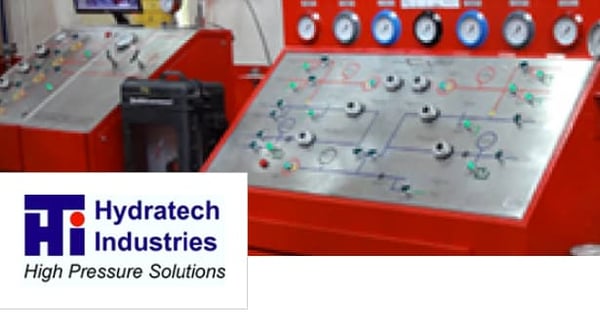With the pace of business accelerating and digital tools becoming the norm, organizations handle the creation, editing and sharing of countless documents every day. But how can you be sure you’re always working with the latest version? What happens if changes are made simultaneously or an earlier version is needed for an audit? Without a reliable way to manage versions, organizations risk confusion, wasted time, compliance issues and even costly mistakes.
That’s where document version control comes in. Whether you’re a small business or a global enterprise, implementing a document version control system has a critical role in keeping your information accurate, secure, and easy to manage. In this guide, we’ll cover everything you need to know about document version control: What it is, why it matters, how it works, and how to put best practices in place for your organization.
- The basics of document version control
- How does a version control system work?
- Getting started with document version control
- How version control works in a document management system
- Real-life application: How document version control improves businesses
- Support effective collaboration
The basics of document version control
What is document version control?
Why is version control important?
- Accuracy: Ensures everyone is working on the most current version of a document.
- Accountability: Maintains an audit trail of changes, showing who made edits and when.
- Collaboration: Facilitates seamless teamwork, especially in hybrid and remote environments.
- Compliance: Supports regulatory requirements by preserving older versions and proving document integrity.
- Efficiency: Speeds up review and approval processes, reducing bottlenecks.
How does a version control system work?

Getting started with document version control
Version control best practices
- Create and enforce SOPs: Develop clear Standard Operating Procedures covering naming conventions, version numbering, review cycles, and archiving. Regularly update and communicate these to your team.
- Consistent naming conventions: Use standardized file names that include version numbers, dates and document status to avoid confusion.
- Version numbering: Adopt a logical numbering system (such as v1.0, v1.1, v2.0) so team members can easily track document evolution.
- Access controls: Limit editing and approval rights to authorized personnel to maintain document integrity.
- Audit logs: Enable comprehensive audit logging to track every change, edit, approval and access. This is critical for compliance, transparency and troubleshooting.
- Automated approval workflows: Implement automated workflows to route documents to the correct reviewers and approvers. This ensures timely reviews, reduces bottlenecks and maintains process consistency.
- Use comments and annotations: Encourage team members to use commenting features within your document management system. This keeps feedback contextual and accessible, improving collaboration and understanding.
- Centralized storage: Store all documents in a secure, cloud-based document management system to prevent version sprawl and maintain a single source of truth.
- Archiving and retention policies: Define how obsolete or superseded versions are archived or deleted to support compliance and reduce clutter. For example, your industry may require that you keep certain documents, like quality control reports, permanently. Documents containing intellectual property, legal documents, business federal tax returns and other financial records subject to internal and external audits must be retained for specific time periods.
Other laws, acts and agencies that require records retention include the Sarbanes-Oxley (SOX) Act, Occupational Safety and Health Act (OSHA); the Equal Employment Opportunity Commission (EEOC); and the Health Insurance Portability and Accountability Act (HIPAA).
How to use document numbering and naming conventions
- ABC Company Sexual Harassment Policy Draft v0.1
- ABC Company Sexual Harassment Policy Draft v0.2
- ABC Company Sexual Harassment Policy v1.0
- ABC Company Sexual Harassment Policy v1.1 (note: first revision – minor)
- ABC Company Sexual Harassment Policy v1.2
The importance of an audit log
Dealing with conflict resolution
Real-life application: How version control Improves businesses 
Case study: Hydratech Industries
- Faster approvals: Automated notifications and clear version history reduced approval times by 30%.
- Fewer errors: Employees always access the latest version, eliminating accidental use of outdated documents.
- Regulatory success: Comprehensive audit trails satisfy ISO compliance requirements.
Support effective collaboration

- Share files securely: Control who accesses, edits, or approves documents.
- Collaborate from anywhere: Cloud-based systems like Microsoft 365 allow multiple users to work on the same file, with all changes tracked.
- Maintain control: Always know which is the final version and who made the latest changes.
- Enable smooth handoffs: Easy review and approval processes keep projects moving, even across time zones.
Download our free ebook on document archiving best practices and discover how to build a secure, efficient document management strategy for your business.

-1.jpg)


